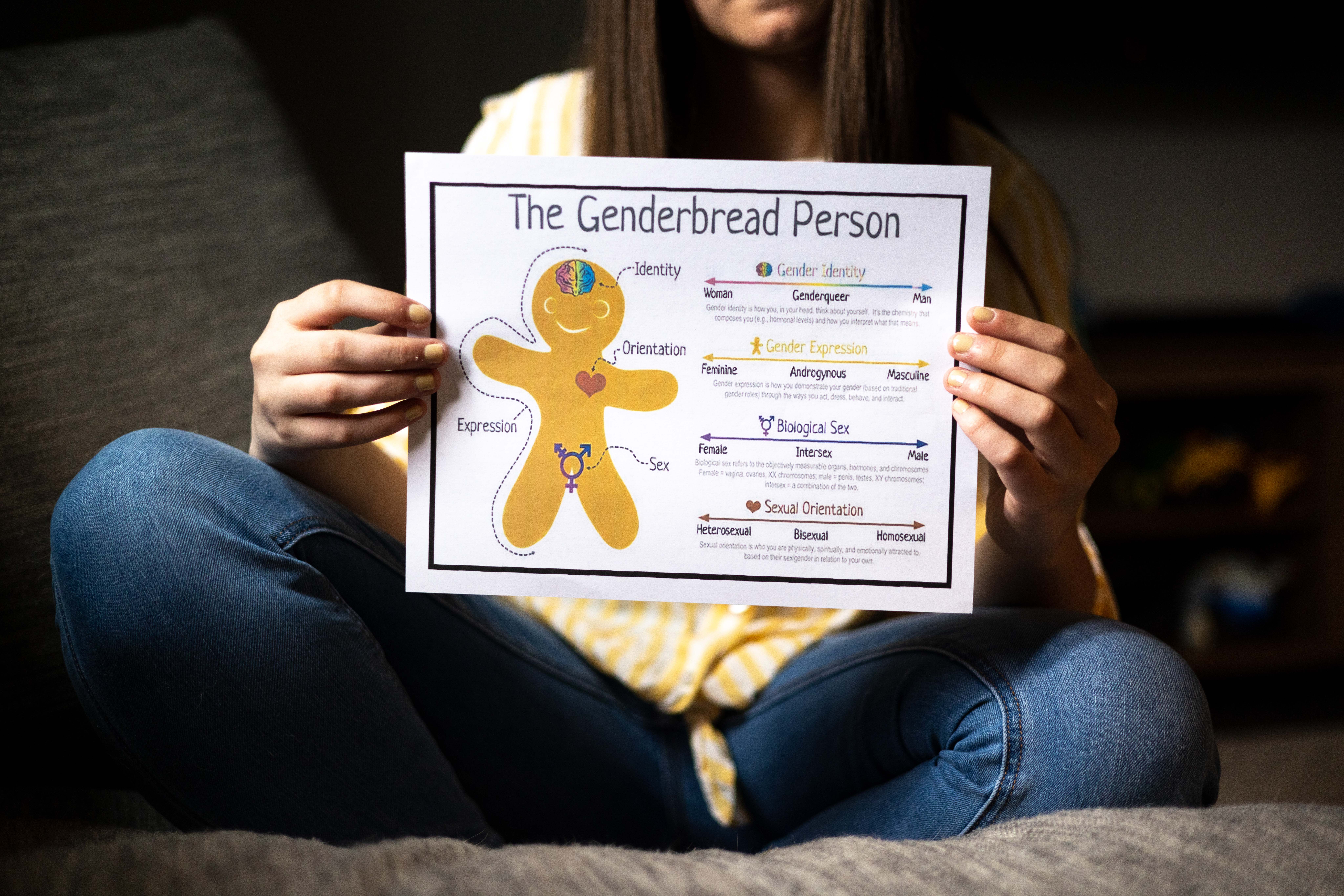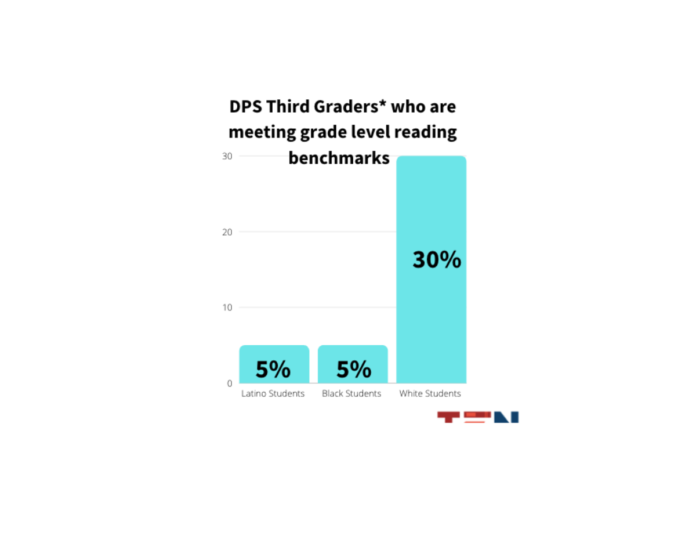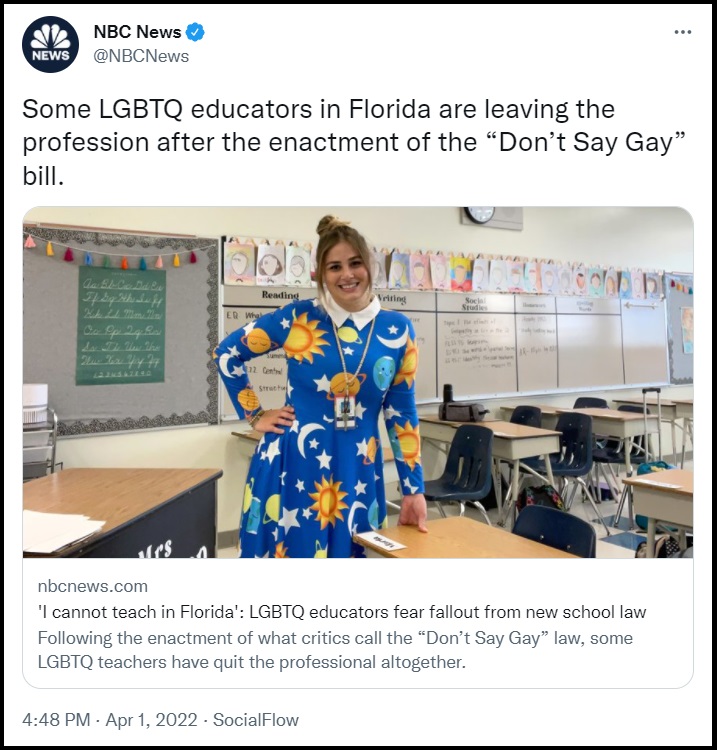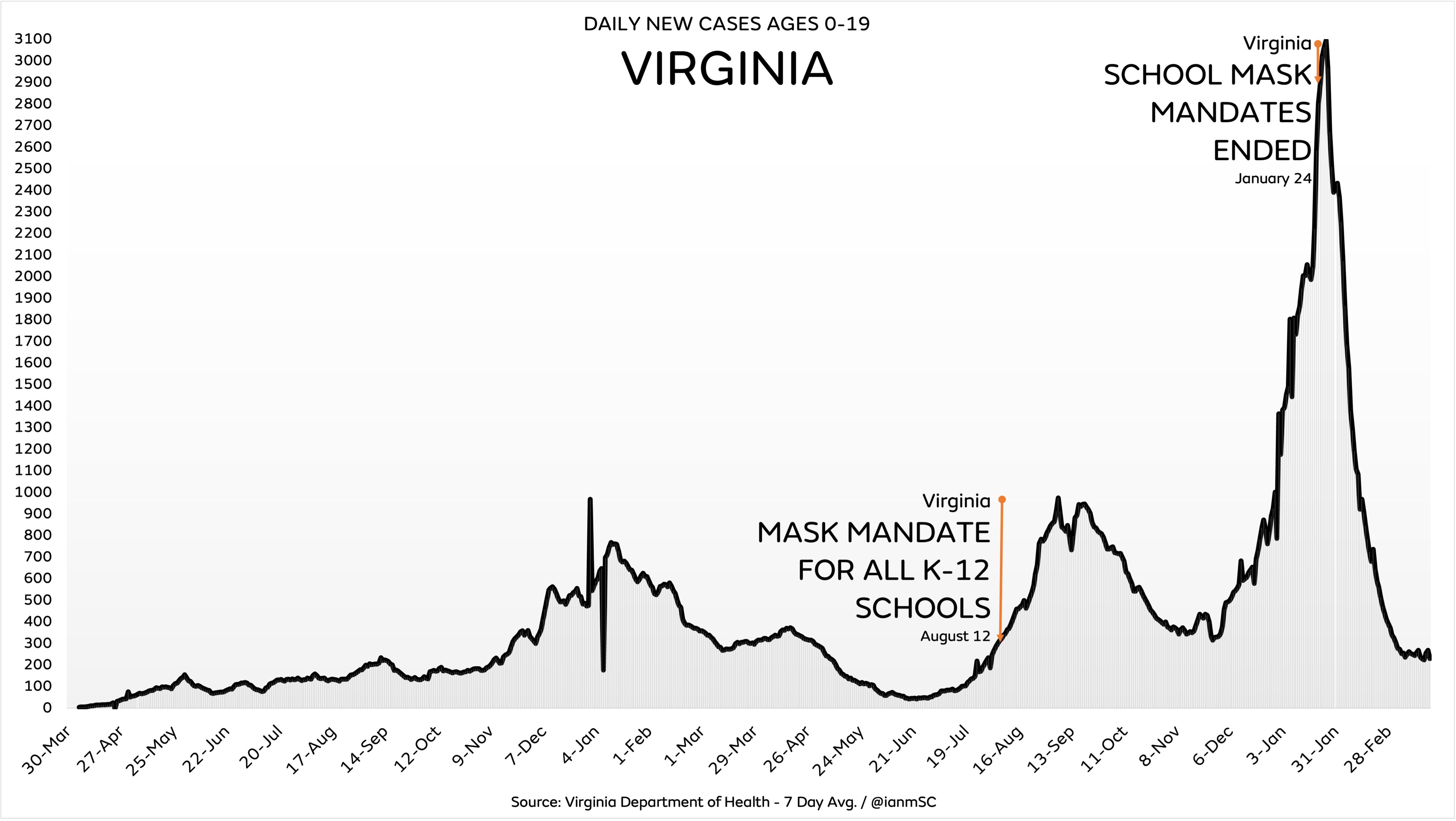BLUF:
“Get them into private schools if you can afford it,” she said. “Get them into homeschool co-ops or homeschool them yourself.”
As Parents Resisted Transgender Push, Teacher Suggested Sending in Child Services

If Erin Lee had known what her 12-year-old daughter would be exposed to during an afterschool “art club” last May, she would have never allowed her to go.
It began innocently enough. Lee received a text from her daughter asking if she could stay late for an “art club” at Wellington Middle School near Fort Collins, Colorado.
What happened next, though, would change their lives forever.
The “art club” was actually a meeting of the school’s Genders & Sexualities Alliance (GSA) club, a group dedicated to supporting homosexuality, transgenderism, and other nontraditional ideas about gender and sexuality.
When the leader told Amanda (name changed to protect the minor) she must be “queer” if she didn’t feel sexually attracted to anybody, and that she must be “transgender” if she didn’t feel fully comfortable in her own body, the shy little girl suspected something wasn’t right.
According to Amanda, that same leader told her not to tell her parents about what would be discussed that day.
The woman in charge, Kimberly Chambers, who works as a “health equity initiatives coordinator” for Larimer County and director of the pro-LGBT organization SPLASH Youth of Northern Colorado, also handed out her personal contact information to the children and urged them to contact her anytime.
Chambers’s organization has boasted of teaching children ages 12 to 16 about “polyamory”—relationships with multiple sexual partners simultaneously—and other controversial ideas.
During the afterschool GSA club, according to Amanda, Chambers explained to the children that their family homes may not be a “safe space,” but that there were “resources” available. She also handed out transgender flags and stickers that Amanda understood were supposed to represent the children in the club.
As soon as Lee picked up her daughter at school, it was clear that something was “off,” the mother told The Epoch Times in a series of interviews about the incident.
Amanda, looking confused, showed her mother the transgender paraphernalia she had received from Chambers. The transgender flag represented her, Amanda told her mom.
“My heart started racing and my mind blacked out,” Lee recounted. “I was in so much shock that I struggled to get out any words.”
Even though the GSA leader at school had told Amanda it was OK to lie to her parents, Amanda knew better. Over the days that followed, she told her parents everything, Lee said.
Amanda’s parents could hardly believe what they were hearing. Lee, who has described herself as an “ally of the LGBTQ community” and said she has a history of voting “pretty progressively on social issues,” was appalled.
But that would be just the beginning of an ordeal that continues to haunt the family.
Amanda never went back to the school after that. Instead, her parents put her in a local Christian school, even though it meant Lee would have to work nights to afford it. But as Lee and her husband saw it, there was no other choice.
Despite that Amanda was pulled out of Wellington Middle School, the family’s difficulties grew.
After the lesson, Amanda began to wonder whether she might truly be queer and transgender. Her mental state began to rapidly deteriorate, her mother said.
Multiple family members confirmed to The Epoch Times that prior to what Lee describes as the “grooming” of her daughter at school, Amanda never showed any signs of “gender dysphoria,” the term used by psychiatrists to describe discomfort with one’s biological sex.
Afterward, though, it was hard for the girl to shake the idea.
Lee and her husband, who was outraged by the ordeal, struggled for months with how to talk to their daughter about what had happened.
“We didn’t want to say something that would push her further into this dark hole or further into this transgender label,” Lee said. “And we did exactly what the trusted adults who indoctrinated her told her we would do. We played right into their narrative.”
Weeks after the incident, as her mental state got worse, the parents decided to take Amanda to a therapist. The therapist also ended up being “queer” and sought to affirm the young girl’s confusion about her gender.
By December, between the COVID isolation and the questions surrounding her gender, Amanda’s mental state was spiraling downward, Lee said.
The pediatrician immediately prescribed powerful psychotropic drugs for depression—medications that Amanda has since been weaned from—in an attempt to deal with the crisis.
“I don’t know if that fear will ever go away,” Lee said about her own concerns. “I don’t expect to ever stop being struck with sadness about what happened.”
Fighting Back
The more she thought about the whole ordeal, the more Lee realized she had to do something.
First, she contacted Chambers, the woman who Lee says “groomed” her daughter and who also sometimes works as a substitute teacher for the district. “Her response was alarming,” Lee said. “It was delusional. She doubled down on her actions.”
Next, she contacted the principal, who seemed empathetic but confirmed that secret GSA meetings with children were an intentional part of creating a “safe space” at school.
There are more than two dozen self-proclaimed LGBT children in the small middle school, according to social media posts by SPLASH. And the district is determined that they be “affirmed” without parental involvement, Lee said.
After all that, Lee spoke out at a school board meeting and contacted all its members by email. None responded. When she was finally able to sit down with two of them, they both “supported everything that transpired and refused to address any of my concerns.”
Finally, exasperated and realizing her first call would have been to the police if this had occurred on a playground or any other setting, Lee contacted the sheriff’s office.
While law enforcement was deeply sympathetic to her plight, and urged her to speak out loudly, there was nothing they could do from a legal perspective, Lee said.
District officials, meanwhile, saw nothing wrong with what had occurred, she said. Indeed, some expressed shock that a parent would be upset over the incident.
As Lee fought back, school officials were working on their next move.
Among other tactics, documents and communications obtained by The Epoch Times revealed a discussion about the possibility of reporting the parents to child-welfare authorities.
When Chambers was informed by the art teacher that Amanda’s parents had not been sending her to school since the incident, Chambers wrote back urging her to consider filing a report and have child-protection officials visit the home.
“If that persists, you’ll want to talk to admin about doing a well-child check or whatever is within the policies of the school,” Chambers wrote, describing upset parents as “barriers” and citing an “extreme case” in which a family did not allow their transgender child to leave the home unsupervised.
Lee was flabbergasted after receiving the documents.
Continue reading “”







